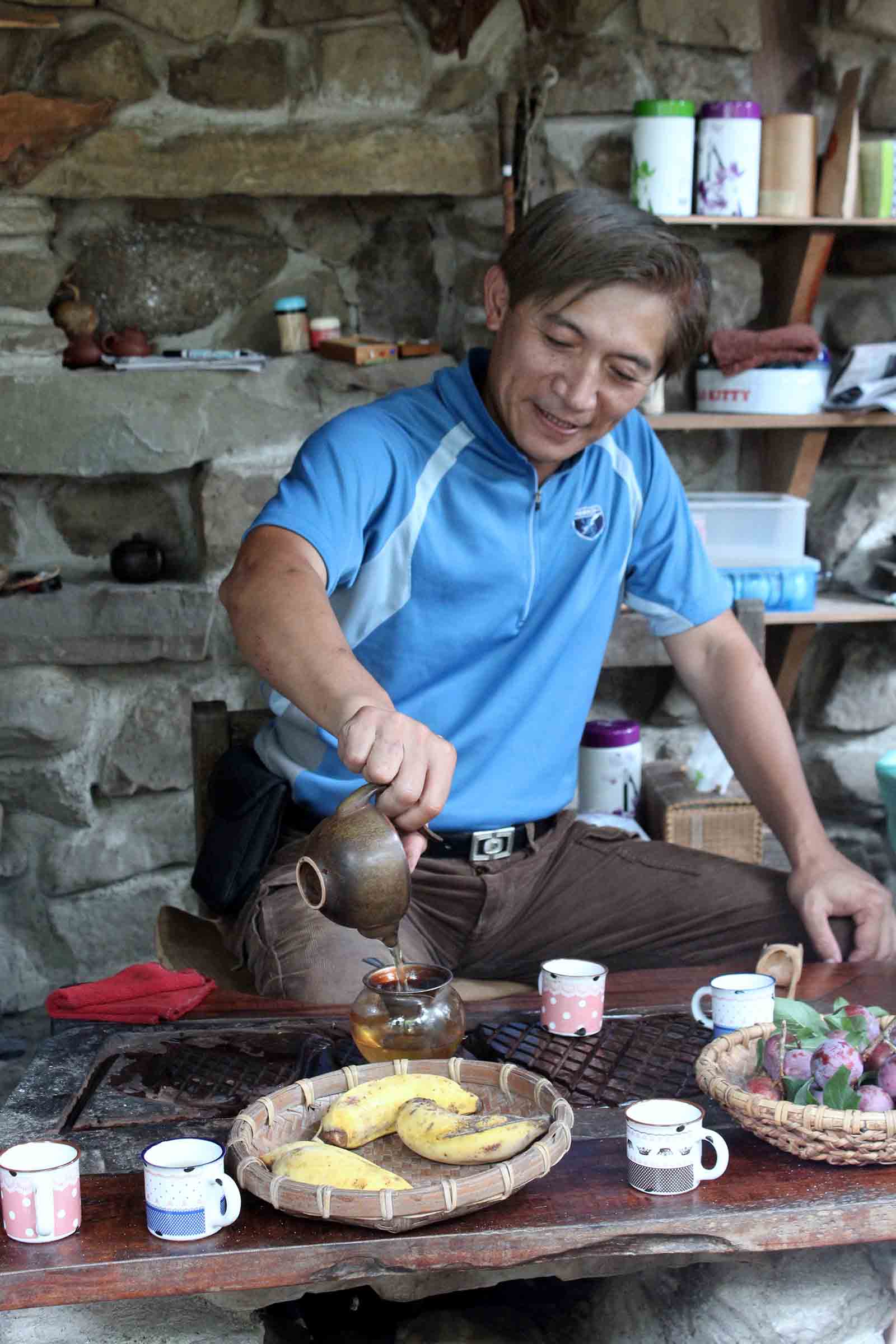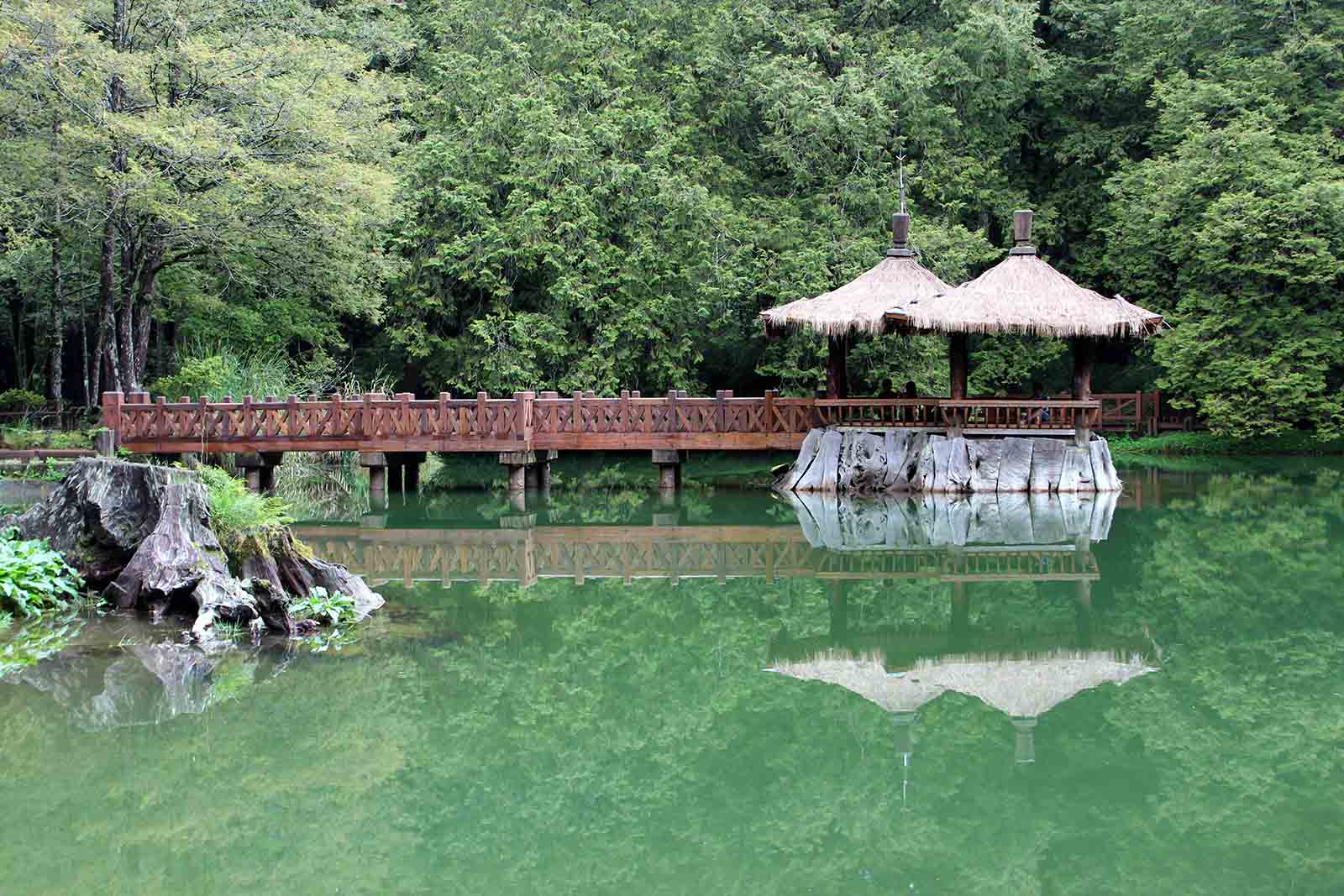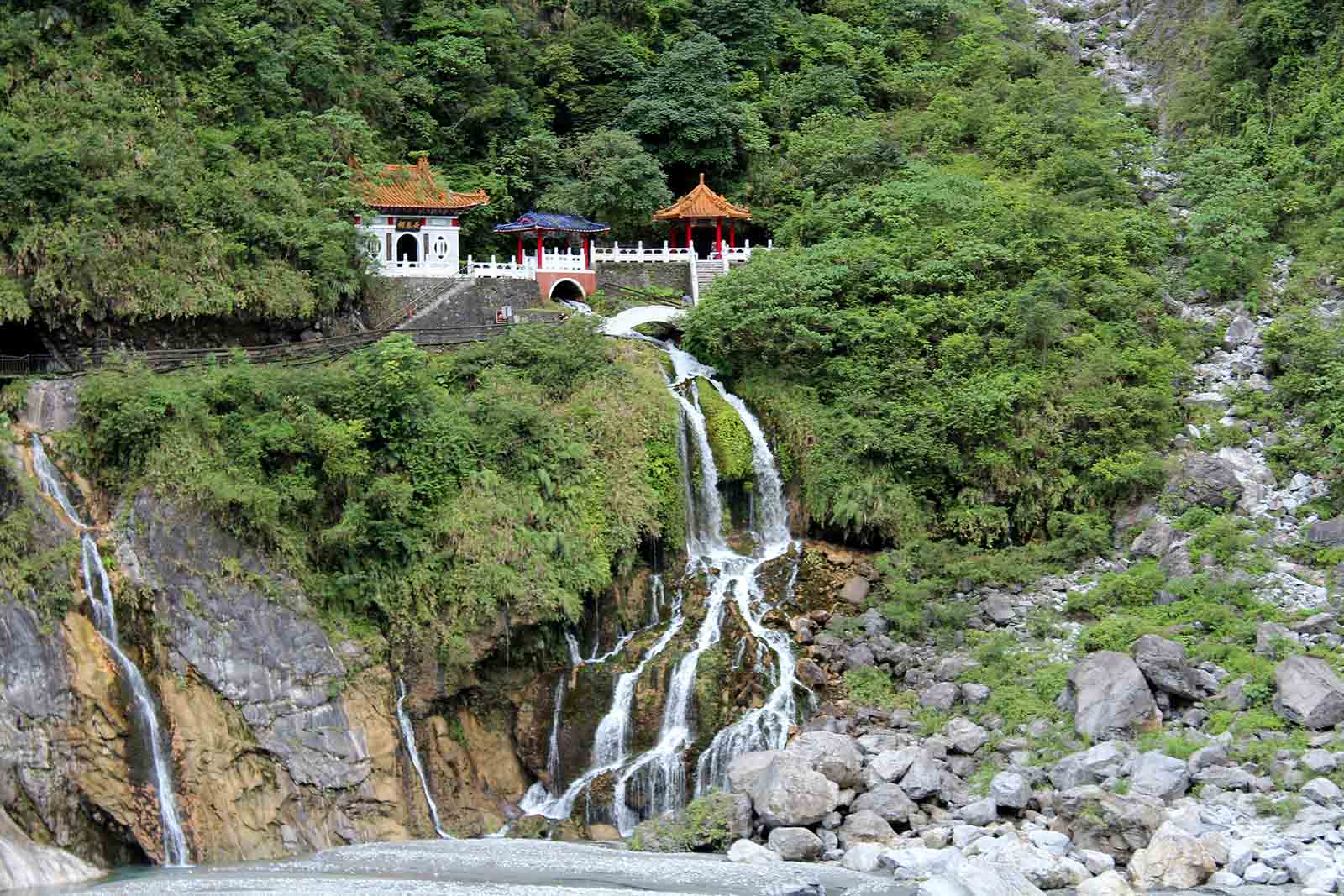
Most people know the small island nation of Taiwan only for its buzzing capital, Taipei, filled with busy streets, vibrant night markets and street food in abundance. While there’s plenty to amaze and astound in Taipei with highlights such as the treasures at the National Palace Museum and the view from the 509-metre high Taipei 101, the real heart of Taiwan is outside the city and in the villages of the steeply sloping mountains.
A different side to Taiwan
There you can find, meet and share the culture of people from some of the 14 Indigenous tribes that are acknowledged as the island’s first inhabitants. Descended from the Austronesian people, these tribes inhabited the island long before Han settlers arrived from China in the 17th century and lived as hunters and gatherers, skills they still use today.
To discover this very different side of Taiwan, I took the High Speed Rail Bullet Train from Taoyuan Station to Chiayi City in south-west Taiwan, the gateway to the Alishan National Scenic Area in Chiayi County. This national landmark is a 415-square-kilometre mountainous area known for its alpine railroad, verdant forest and a sea of clouds. High altitude tea and wasabi plantations are flanked by waterfalls and linked by winding trails that are popular with hikers.
Scenic Taiwan
The road into Alishan is steep and twisting but there are plenty of scenic stops along the way such as the Yawumasi Trail. Yawumasi means ‘the pleasant sound of the water’ in the language of the Tsou tribe and the trail, hugging the twisting Yawumasi Stream between the rock cliffs, was used by early residents to visit nearby villages. With tall trees on both sides, the road climbs ever higher and offered occasional views of the tea plantations across the steep valleys until we reached our lunch destination, Home 23 Café and tourist accommodation, which is also home to A-Jiang and his wife.
A-Jiang is a member of the Tsou tribe and spent his childhood with his parents cultivating their land. Twenty years ago he left his job as a boat builder and returned with his wife to Lalauya (or Leye), their home village in Alishan, only to find it destroyed by Typhoon Herb. They rebuilt on a new site using A-Jiang’s boat builder woodworking skills to create a collection of buildings made of wood, bamboo, stone and grass to recreate the warmth, happiness and harmony of their former village.
Following the Mihu Trail
Rested and well fed, our journey continued as we followed the Mihu Trail (an easy 2.3km), walking through a tall bamboo forest and listening to the relaxing sound of the babbling river as we crossed the Lemi Suspension Bridge onto the Fushan Ancient Trail. It’s a coffee growing area and we made a welcome stop at a local coffee house to sample a local brew sweetened with honey and admired the orchids growing close by.
One of the highlights of any visit to Alishan is the chance to see a sunrise from Jade Mountain, known as the ‘Roof of Taiwan’ with its peak at 3,952 metres. To see such a spectacle requires a very early, pre-dawn start to the day but the effort is rewarded by panoramic views of the surrounding mountain tops dipped in cloud.
From the peak, we took a ride through the lush green mountains on the Alishan Mountain Railway train to Zhushan and walked along the Tashan Trail through the picturesque Alishan Forest Recreation Area. On the trail we came upon a heart-shaped tree and two lakes known as the Sister Lakes (or Jiemei Lakes) which, according to local legend, is the site of a tragic end to the story of two sisters who fell in love with the same boy. It’s a sad story but the pagoda on the lake is a pretty and contemplative spot to stop and enjoy the reflections.
Taiwan's history
Taiwan may have a population similar to Australia’s in an area that is little more than half the size of Tasmania, but more than two thirds of the country is covered by forested mountains. Taroko National Park is the country’s second largest national park (behind Yushan in central Taiwan) and a trip through Taroko Gorge, popularly known as the Marble Gorge, is an awe-inspiring sight. It is on the eastern side of Taiwan and easily accessed by a three-hour train ride from Taipei, snaking alongside the island’s central mountain ridge.
The gorge is indeed carved through solid marble and inside the Interpretation Centre there are no smiles to be seen in the photos of the ex-soldiers who built the Central Cross Island Highway from Taroko to Dongshi through the gorge by hand. Frozen in long lines, some of the stoic faces belong to the more than 200 men who died while building the highway. It’s hard to imagine more back-breaking work than chipping away at that marble to build the road, but every day for four years 5,000 to 6,000 men worked on the 192km highway building it with ‘blood, sweat and tears’, plus a few explosives.
Across the valley sits the Eternal Springs Shrine, a memorial to those soldiers killed while building the highway and the third to be built in the location. The other two were reduced to rubble in landslides that are a constant threat in the area and, still today, the road can be closed due to rock falls and damage in typhoons. It may be called a highway but the narrow gorge road makes for a white knuckle-ride for anyone game to try it with barely space for buses to squeeze through the rock arches and navigate the twisty turns.
GETTING THERE






